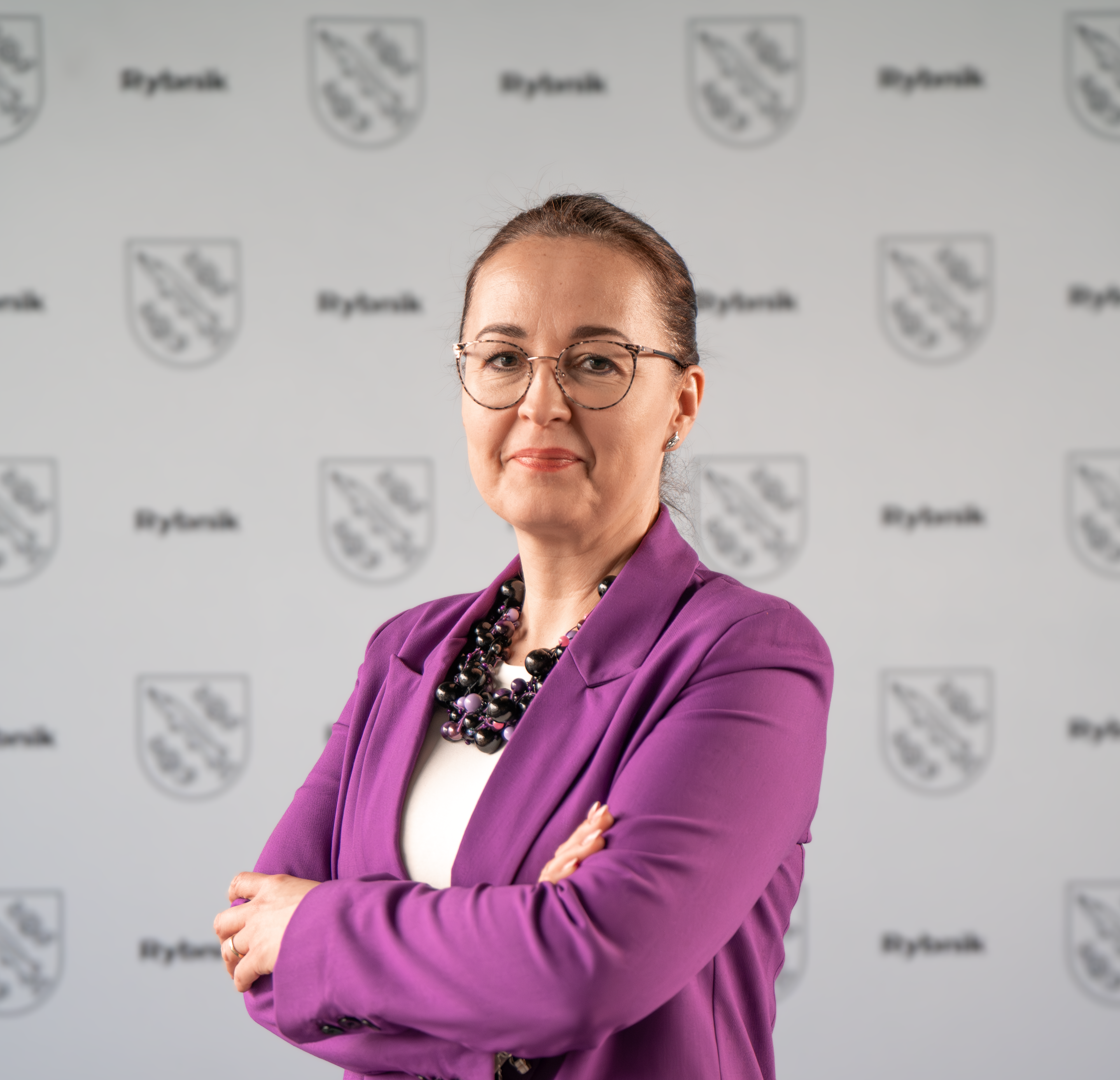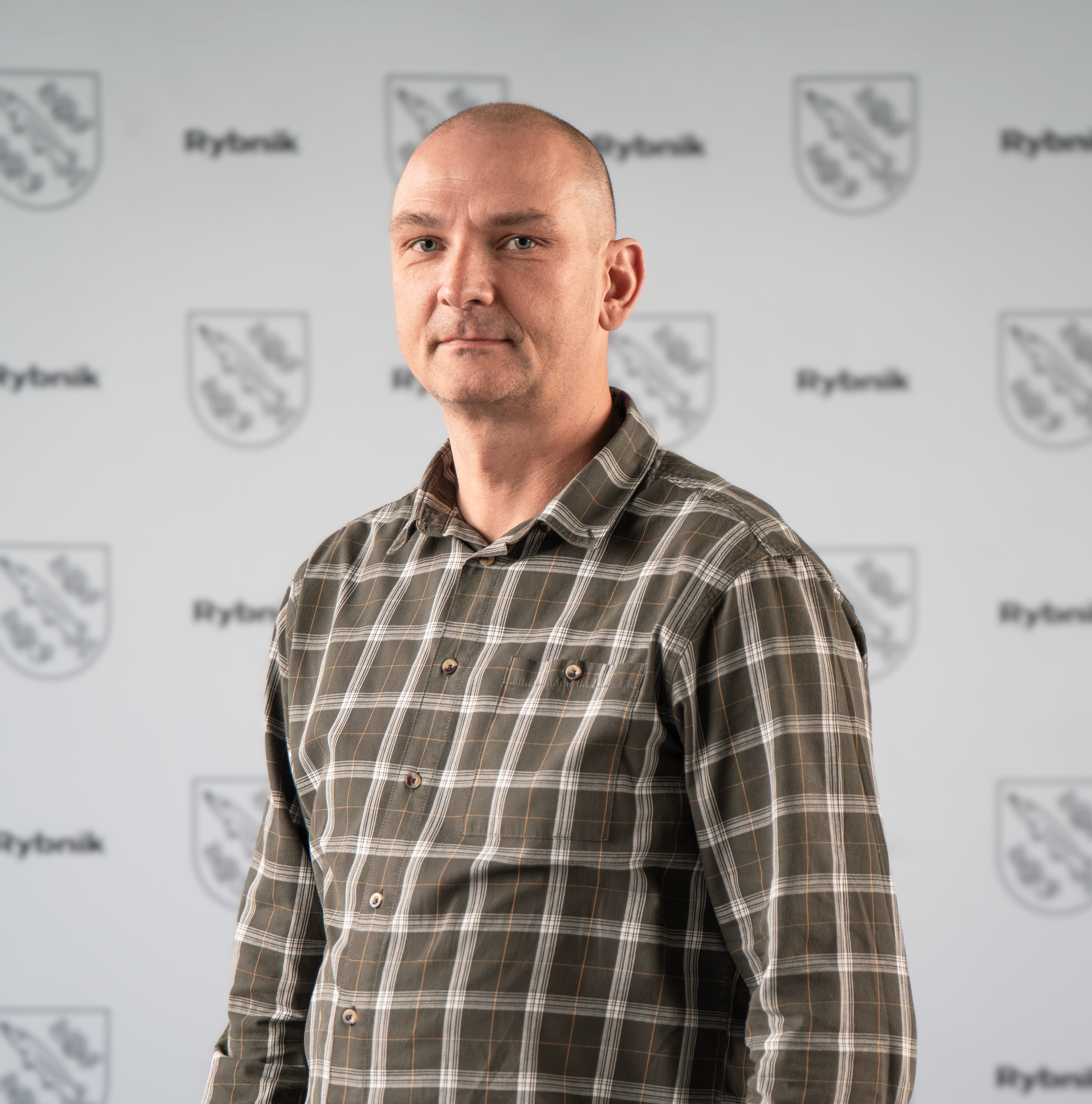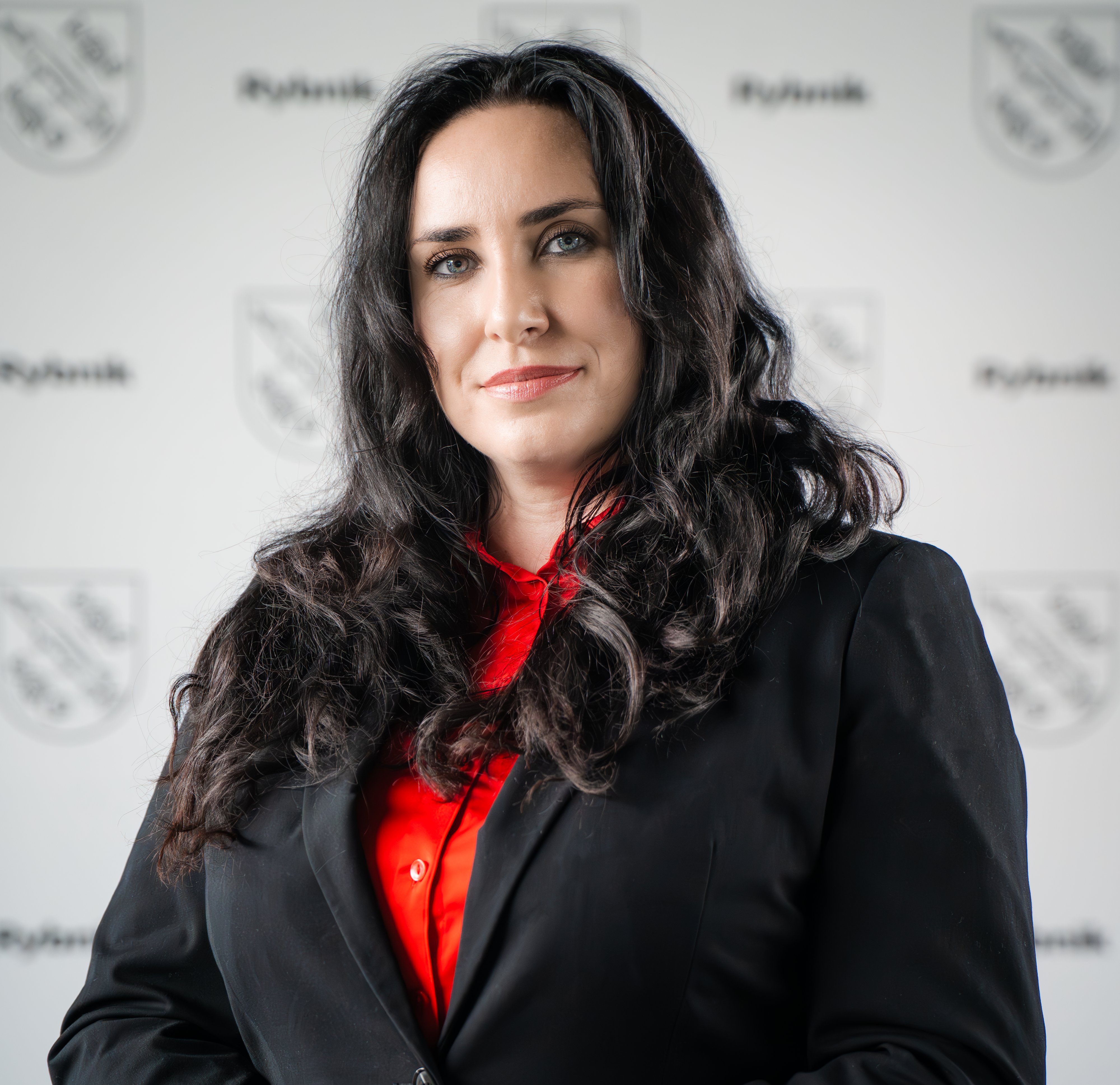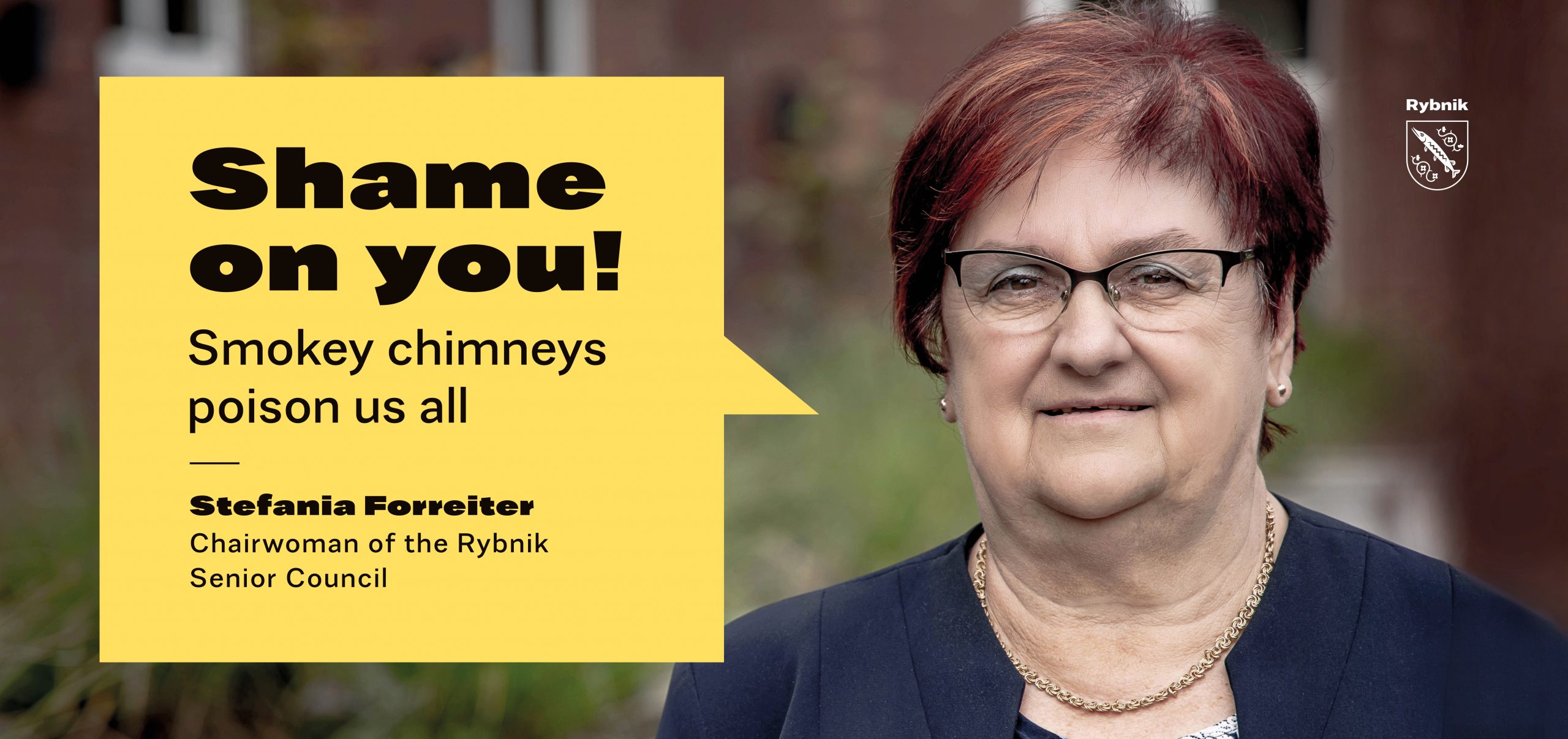
Rybnik is transforming from one of Europe’s most polluted coal-dependent cities into a clean energy leader through hydrogen technology and community-driven emissions reductions.
FROM COAL TO CLEAN ENERGY
Europe’s path to a fair and efficient energy transition faces significant hurdles, particularly in regions heavily dependent on coal. In Poland’s industrial Silesia, Rybnik—once ranked among the most polluted cities in Europe—is now positioning itself as a leader in the shift from coal to clean energy. With residential heating and transport as primary sources of pollution, the city is taking bold steps to reduce emissions and promote sustainable alternatives.
HYDROGEN LEADERSHIP
Rybnik is spearheading a transition to become a hydrogen district. Since 2020, the city has replaced over 9,000 outdated heating systems and thermally modernised 76% of its public buildings. Its citizens lead the country in Clean Air program engagement, securing more than 7,000 grants. At the same time, a €20 million investment brought 34 hydrogen-powered buses to its streets, and in 2023, Rybnik opened one of Europe’s most advanced hydrogen refuelling stations.
A CLEAN ENERGY MODEL
These efforts have already led to measurable improvements in air quality and have positioned Rybnik as a national frontrunner in clean energy adoption. By integrating hydrogen technology, clean heating, and active citizen participation, Rybnik offers a replicable model for other coal-dependent regions striving for a greener, healthier future.











